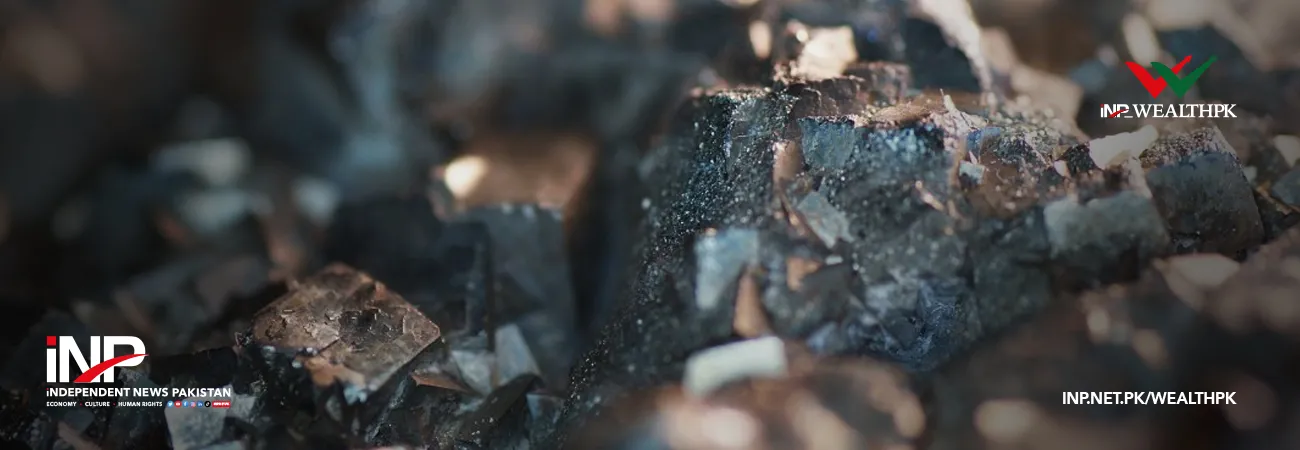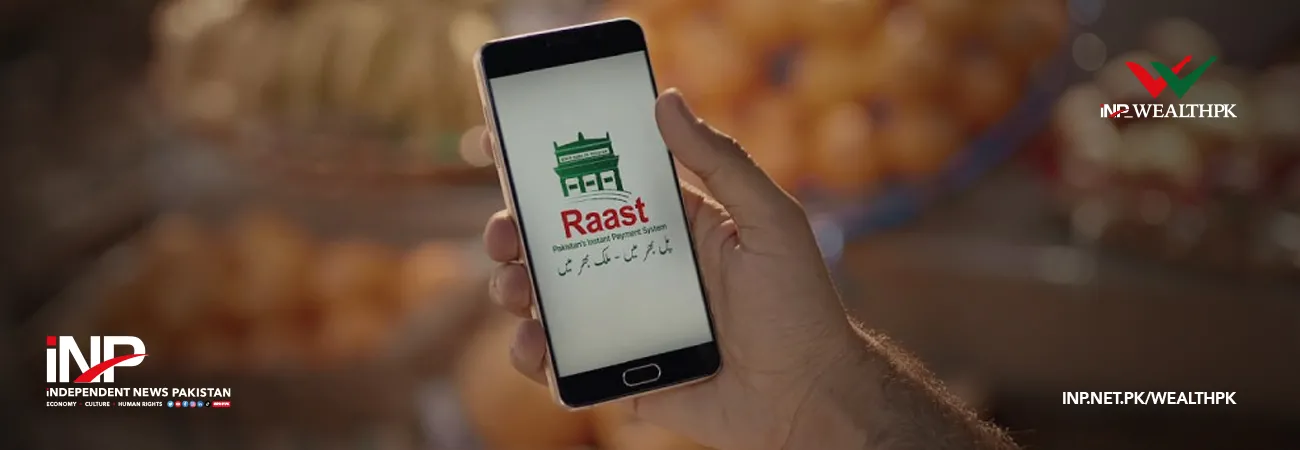INP-WealthPk
Faiza Tehseen
Indigenous processing and value addition of black mica – a shiny black non-metallic but magnetic mineral mainly composed of iron, potassium, magnesium, and aluminium – can not only strengthen the mining sector of Pakistan but also reduce the production cost of many industrial products. Miner and gemmologist Imran Babar said this while speaking to WealthPK. According to him, establishing local processing units is necessary to create new opportunities and make the mining sector more sustainable. The quality of black mica and all other micas available in the country varies from normal to excellent. Its mining is not complicated but the slicing of big boulders is a difficult task. Sophisticated equipment to split mica sheets from large boulders is not available in the local market. By using the traditional tools and techniques, biotite sheets of 15mm² size and 0.15mm to 0.177 thickness are produced normally, which are considered good for industrial use. From Mansehra to Bajaur district in Khyber Pakhtunkhwa province, biotite deposits occur. It also occurs in Gilgit-Baltistan, associated with beryllium. In Balochistan, its deposits occur, but Imran Babar’s own experience was in Zhob and its vicinities, where black mica occurs in comparatively small pockets but is of good quality.
“Every grain of mineral can add value to the state coffers and ensure socio-economic well-being if consumed wisely. A systematic workout across the country is important to extract benefits from this mineral. “Micas, including biotite, are industrially important products that require wisdom to turn into a valuable market,” shared Imran, CEO of Islamabad-based Amna Jade Gems & Carvings – a mining and lapidary company,” Babar said. Talking to WealthPK about the occurrence of biotite and related geological formations, Chief Geologist of Balochistan-based Koh-e-Daleel Minerals Company (Pvt) Ltd Abdul Bashir said, “Micas, including black or white, all belong to the biotite family. Biotite occurs as tiny crystals in igneous rocks. During igneous activity, when biotite crystals shoot in any specific direction, they make a sheet-like formation that is sometimes 50-meter in length. This formation is called mica. During this formation, the white-coloured sheets are called muscovite. These sheet clusters are called ‘books’ because they resemble a book with pages of many sheets.” In Balochistan, black mica occurs in Chagai, Ras Koh, Khuzdar, and Muslim Bagh, while in other parts of Pakistan, wherever the igneous rocks occur, biotite will be there. Being rich in iron, black mica is sometimes called iron mica.
Commonly, it is found in granite, syenite, or other igneous and metamorphic rocks. It is a sheet silicate consisting of easy-to-flake into thin but tough and flexible sheets. Bashir said mica processing and value addition near the mining area was vital to make its mining feasible. This type of small setting will cut the cost incurred on the transportation of heavy masses to distant areas for processing. The locals will also get work opportunities near their homes, and the mining sector will flourish. It is vitreous in lustre and usually dark brown, black, reddish black, and dark green. However, it can be greenish to brown-black or yellow due to weathering. Its streak can be seen in white or grey colour. It is slightly harder than glass and is ranked between 2.5 and 3.0 on the Mohs’ scale of hardness, having a gravity of 2.7 to 3.1 g/cm3. Black mica is used for a variety of industrial purposes. In powdered form, it is used as an additive to drilling muds, oils, and lubricants. It is used as extender/filler in paints and plastics, as an inert filler/cast release agent in rubber products, and as a non-stick surface coating for rolled roofing, and asphalt shingles.
Because of its iron component, black mica or biotite conducts electricity and is used in electrical devices, thermionic valves and dielectric capacitors. It is used in the water filtration process, energy production, electrical insulation, as a colorant in cosmetics, and personal care products, and as a dietary supplement in food products. It is environment-friendly and can be used as an excellent alternative to synthetic ingredients. It is durable and resistant to freezing, water, and corrosion. In 2023, mica (all types) from Pakistan was exported to 77 international buyers through 210 shipments forwarded by 49 exporters. China, Peru, and Tanzania were the main buyers. The policymakers should ensure the use of raw materials in the local industry and their export after value addition. Without value addition, raw material export must be banned to safeguard the national interest. This decision-making will discourage the import of locally available materials and encourage exports.
INP: Credit: INP-WealthPk













